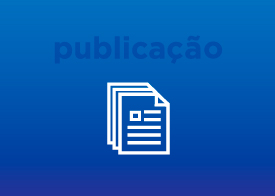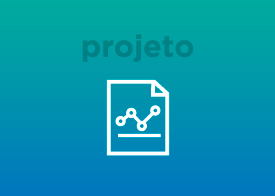An intensity recovery algorithm IRA for minimizing the edge effect of LIDAR data
The terrestrial laser scanner is an equipment developed for surveying applications and is also used for many other purposes due to its ability to acquire 3D data quickly. However, before intensity data can be analyzed, it must be processed in order to minimize the edge or border effect, one of the most serious problems of [...]

